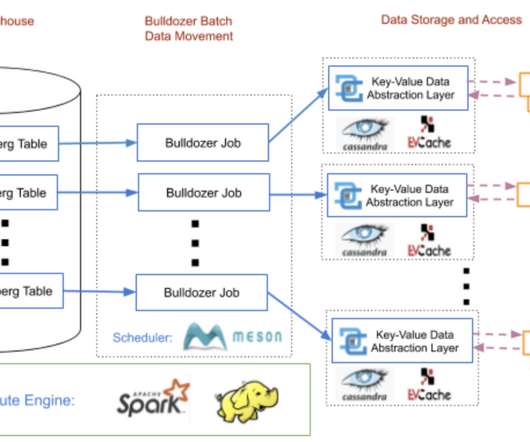Expanding the Cloud - Cluster Compute Instances for Amazon EC2.
All Things Distributed
JULY 13, 2010
In particular this has been true for applications based on algorithms - often MPI-based - that depend on frequent low-latency communication and/or require significant cross sectional bandwidth. Driving Storage Costs Down for AWS Customers. Expanding the Cloud - The AWS Storage Gateway. Countdown to What is Next in AWS.















Let's personalize your content